Coalition Politics in India: Problems and Prospects
Synopsis
With the replacement of the Dominant Party System of India, minority and/or coalition governments in New Delhi have become the order of the day. Except for the Congress Minority Government of P.V. Narsimha Rao and National Democratic Alliance Government of Atal Behari Vajpayee, all such governments since 1989 have been unstable. Yet instability apart, coalition governments have been effective in enhancing democratic legitimacy, representativeness and national unity. Major policy shifts like neo-liberal economic reforms, federal decentring, and grass roots decentralization, in theory or practice, are largely attributable to the onset of federal coalitional governance. Coalition governments in states and at the centre have also facilitated gradual transition of the Marxist-left and the Hindu-right into the political establishment, and thus contributed to the integration of the party system as well as the nation. The same major national parties which initially rejected the idea of coalition politics have today accepted it and are maturing into skilled and virtuoso performers at the game. In a rather short span of over a decade, India has witnessed coalition governments of three major muted hues: (a) middle-of-the-road Centrist Congress Minority Government of P.V. Narsimha Rao, going against its Left Centre of reputation, initiated neo-liberal economic reforms in 1991; (b) three Left-of-centre governments formed by the Janata-Dal-led National/United Front; and (c) two Right-of-Centre coalition governments formed by the Bharatiya Janata Party-led National Democratic Alliance under Atal Behari Vajpayee, a votary of secular version of Hindu nationalism. In the wake of the decline of Congress Dominance, the fragmentation of the National Party System and the emergence of party systems at the regional level have turned India into a chequered federal chessboard. The past and likely future patterns of coalition governments in New Delhi are suggestive of at least three models of power sharing: (a) coalition of more or less equal partners, e.g. the National Front and the United Front, (b) coalition of relatively smaller parties led by a major party, e.g. National Democratic Alliance; and (c) coalition of relatively smaller parties facilitated but not necessarily led by a prime minister from the major party, e.g. the coalition of parties formed in 2004 around the Indian National Congress, avowing secular Indian Nationalism. The fifteen papers in this book analyse the various dimensions of coalition government at the centre and in some of the states of the Indian federation against the background of a theoretical framework that seeks to integrate coalitions among parties, castes and communities and tribes, as well as classes at electoral, parliamentary, and cabinet levels.
Read more
36.00
32.4
$
40.00 $
Free delivery Wolrdwidе in 10-18 days
Ships in 1-2 days from New Delhi
Membership for 1 Year $35.00
Get it now and save 10%
Get it now and save 10%
BECOME A MEMBER
Books by the same authors

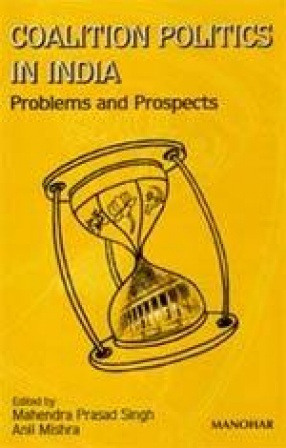
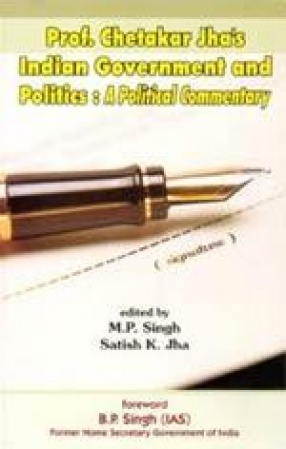
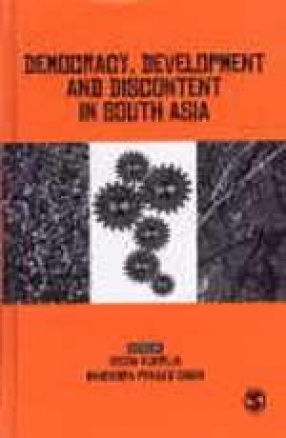
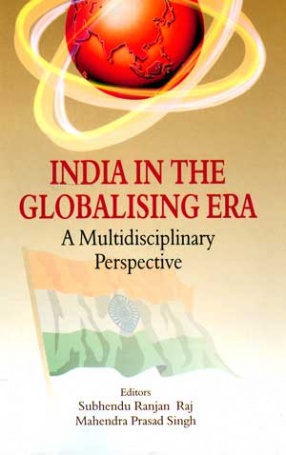
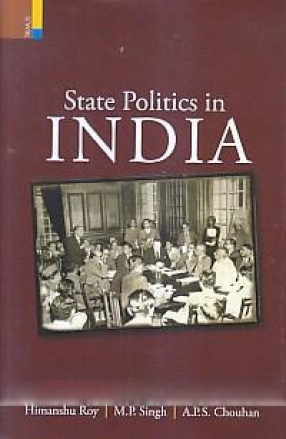
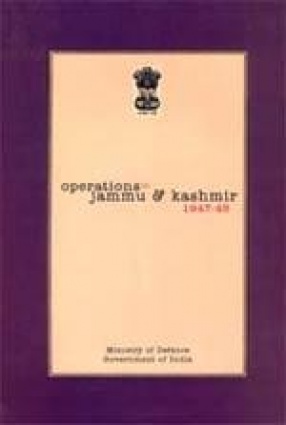
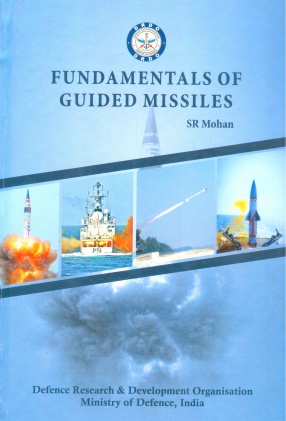
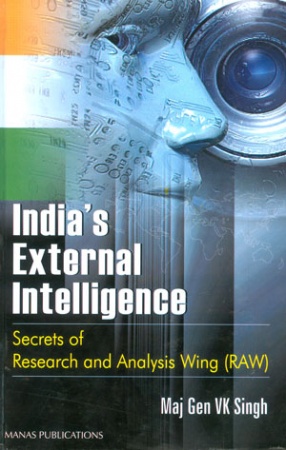
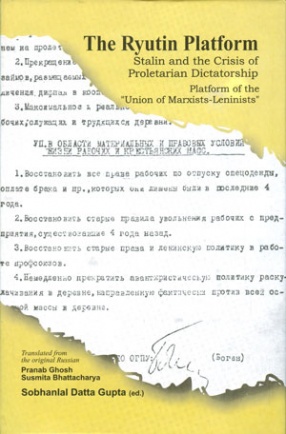

Bibliographic information
Anil Mishra